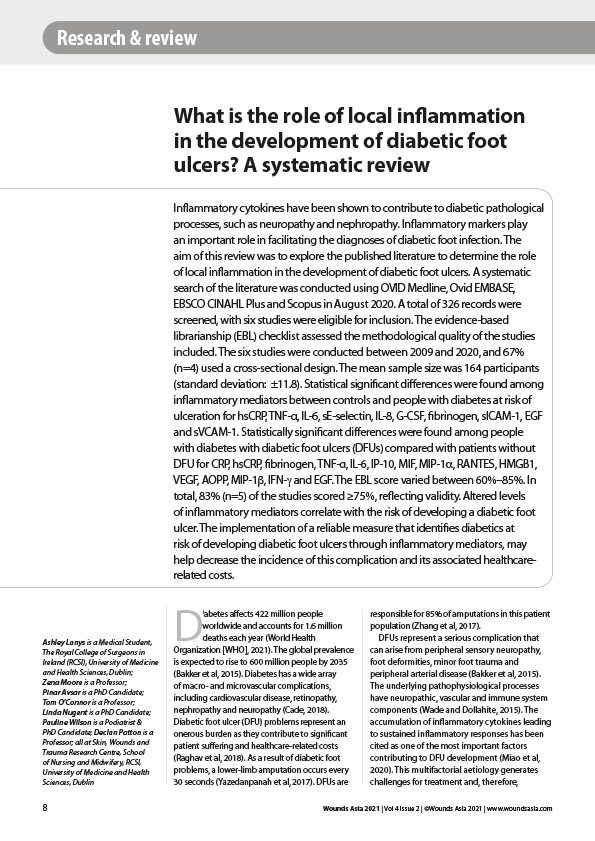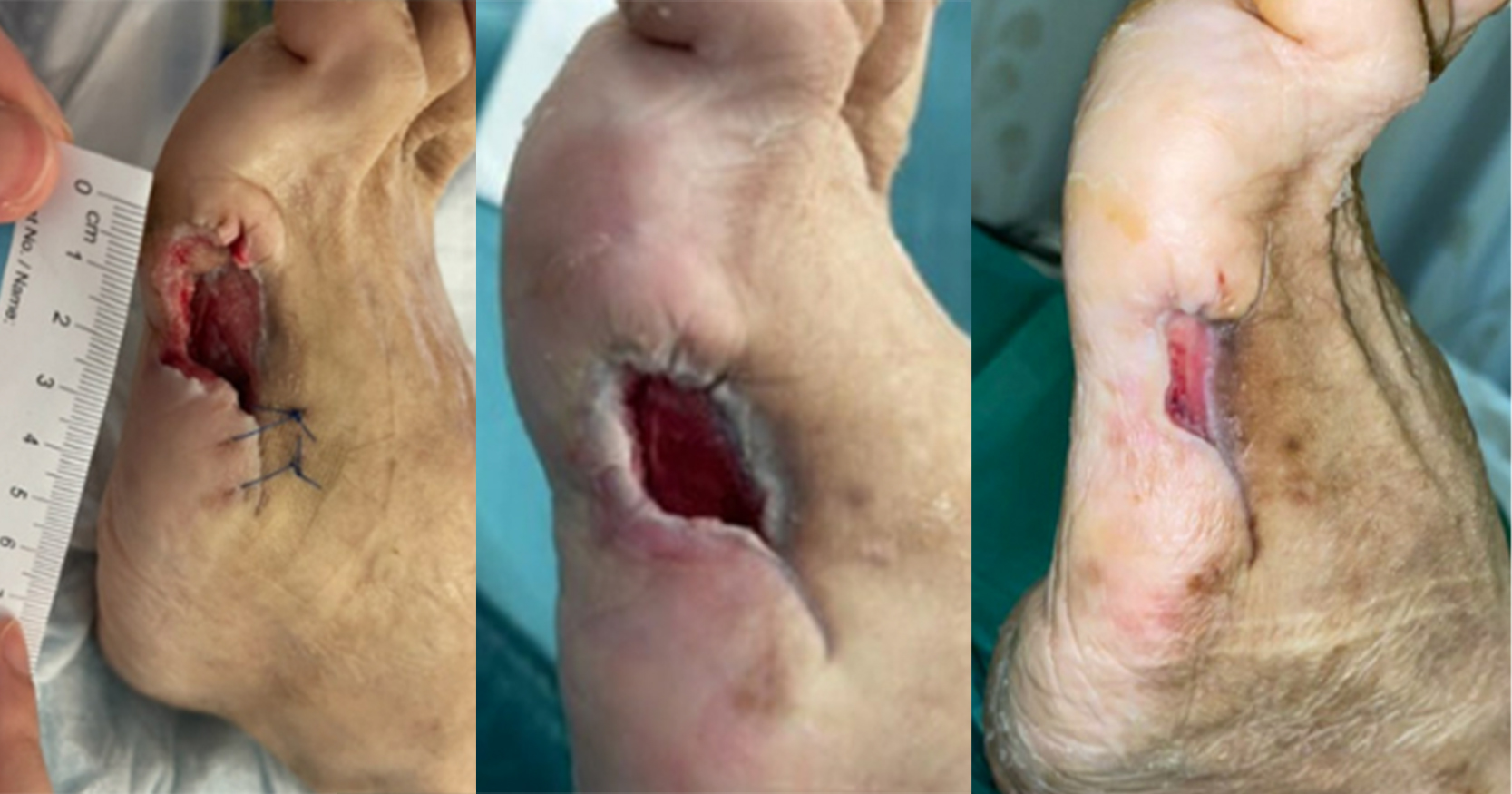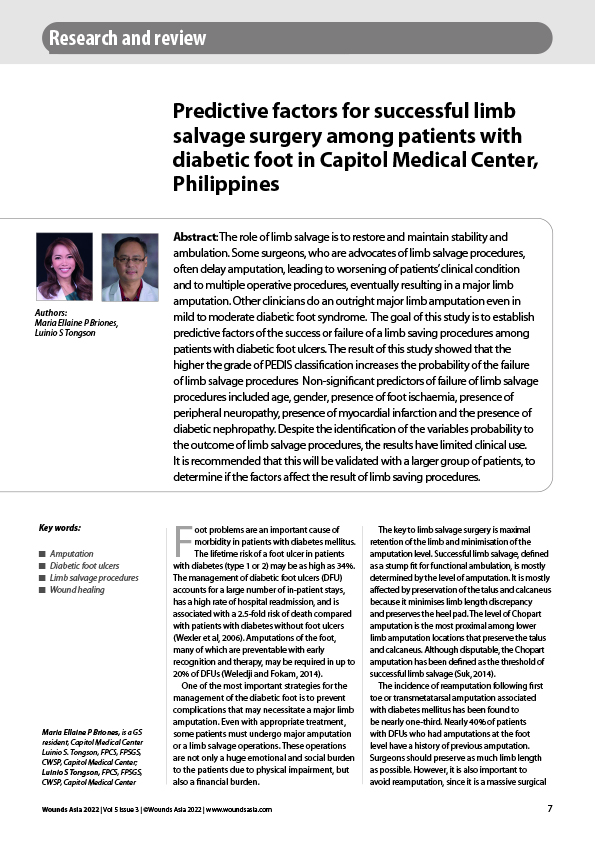Inflammatory cytokines have been shown to contribute to diabetic pathological processes, such as neuropathy and nephropathy. Inflammatory markers play an important role in facilitating the diagnoses of diabetic foot infection. The aim of this review was to explore the published literature to determine the role of local inflammation in the development of diabetic foot ulcers. A systematic search of the literature was conducted using OVID Medline, Ovid EMBASE, EBSCO CINAHL Plus and Scopus in August 2020. A total of 326 records were screened, with six studies were eligible for inclusion. The evidence-based librarianship (EBL) checklist assessed the methodological quality of the studies included. The six studies were conducted between 2009 and 2020, and 67% (n=4) used a cross-sectional design. The mean sample size was 164 participants (standard deviation: 11.8). Statistical significant differences were found among inflammatory mediators between controls and people with diabetes at risk of ulceration for hsCRP, TNF-α, IL-6, sE-selectin, IL-8, G-CSF, fibrinogen, sICAM-1, EGF and sVCAM-1. Statistically significant differences were found among people with diabetes with diabetic foot ulcers (DFUs) compared with patients without DFU for CRP, hsCRP, fibrinogen, TNF-α, IL-6, IP-10, MIF, MIP-1a, RANTES, HMGB1, VEGF, AOPP, MIP-1b, IFN-g and EGF. The EBL score varied between 60%–85%. In total, 83% (n=5) of the studies scored ≥75%, reflecting validity. Altered levels of inflammatory mediators correlate with the risk of developing a diabetic foot ulcer. The implementation of a reliable measure that identifies diabetics at risk of developing diabetic foot ulcers through inflammatory mediators, may help decrease the incidence of this complication and its associated healthcare-related costs.






